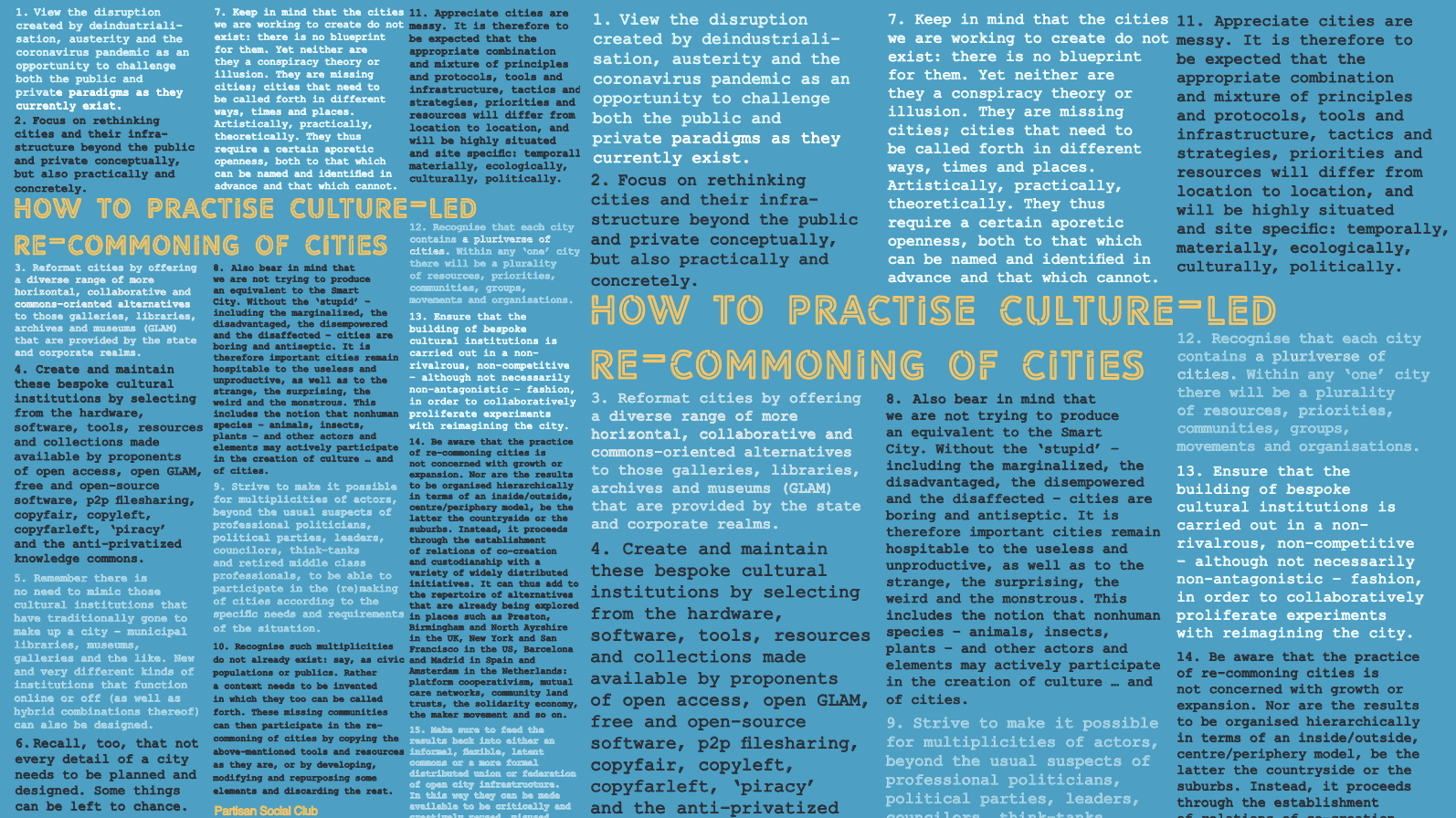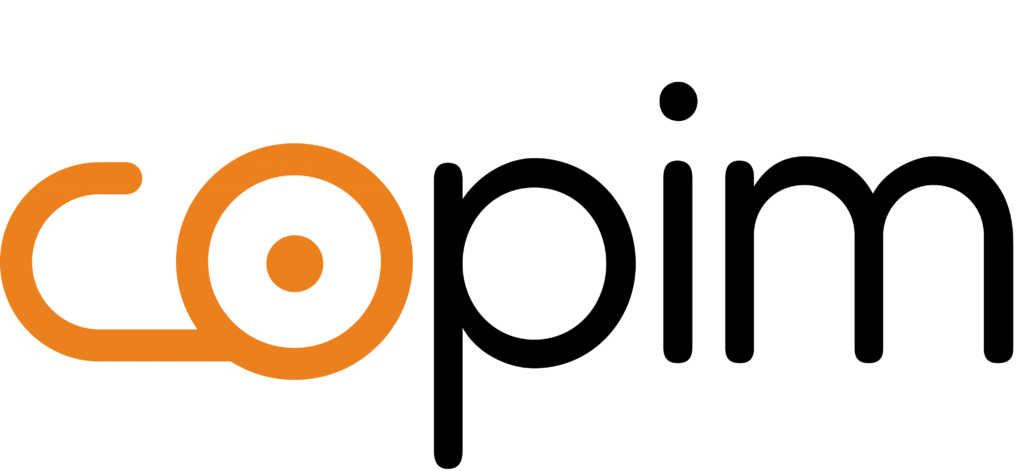The Independent Intellectual vs Posting Zero and the Dead Internet
 Tuesday, December 2, 2025 at 5:30PM
Tuesday, December 2, 2025 at 5:30PM Below is my short, ten minute introduction to SCREENSHOT BABEL, a workshop I ran with Ester Freider as part of The Cyberbaroque: A Neologism-Based Symposium. Organised by Everyone is a Girl (EIAG), and held at Anomalous in London on November 20, 2025, the symposium explored the idea of the cyberbaroque allegory through presentations, a reading, a workshop, and a film screening.
---
My name’s Gary Hall. I’m a media philosopher. In my current work I'm exploring whether we need a different way of doing internet theory and of being creative – something beyond both capitalist and liberal humanist logics. In other words, beyond the rules of the traditional university system and the newer influencer-driven creator economy, neither of which feels quite right.
In academia, we still work within a hyper-competitive institutional culture stuck in McLuhan’s Gutenberg Galaxy: legacy theorists writing long-form books and articles about radical politics, collectivity and community yet being marketed – and marketing and promoting themselves – as individual intellectual ‘stars’. How appropriate is it to keep operating like this? To what extent can we fully understand art, writing and media in the post-Gutenberg age while behaving as though we still live in that of Gutenberg? It's an inherited template for being an author and thinker – and for how they are produced – that feels increasingly outdated and unappealing to many.
So I understand why many of the ‘post-naïve generation’ of internet artists and theorists – people like Joshua Citarella of Doomscroll and Do Not Research (the latter being an influence on Everyone is a Girl) – want to by-pass the ‘liberal’ gatekeepers of the ‘old elite’ – galleries, museums, universities, academic presses, peer-reviewed journals. Instead, they’ve turned to YouTube, Substack, Instagram and podcasting, to present themselves as independent, self-organised writers and researchers. Yet this counter-elite model has problems of its own.
For one thing, operating outside the traditional institutional structures for any length of time as a more intellectual, leftist version of the content-creator-come-influencer requires privilege – not to mention brand name recognition and profile. Too often, it’s white, middle-class, well-resourced, well-educated men who can afford – financially and socially – to function as a self-focused freelance business like this.The possibility of succeeding is therefore limited to a privileged few: it’s not a pathway that can be widely replicated.
For another, this counter-elite model has also produced a wave of right-wing ‘edge lords’: cyberbaroque sophists such as Jordan Peterson, Naomi Wolf and Candice Owens who, as Ester puts it, use ‘clever but false arguments to trick you into believing them, or believing they are smart’.
For still another, many alternative media communities want to create according to different principles from the mainstream - including a ‘post-individualist’ search for connectivity, cooperation, collaboration and community through mailing lists, message boards, Discord channels and indie presses. But the gravitational pull of the algorithms is strong. All too often, people slide back into – and may actively produce – the neoliberal subjectivity of the commodified cult of personality associated with the attention systems of late capitalist influencer culture – and they do so even as they’re mocking and critiquing and misusing this individualist subjectivity and trying to move beyond it.
As Morgane Billuart observes, in this environment where one’s critical practice, whether it concerns post-internet art, politics, activism, resource sharing or community building, is self-consciously conceived as a business model, ‘the use of self – one’s voice, face, and opinions – long rejected by traditional academic standards of rigor, has proven highly effective.’ Here the virtual intellectual knowingly – if reluctantly – becomes the product as a pragmatic means of sustaining their work. They just live the contradiction, because performative self-branding builds audiences and fosters parasocial connections and community engagement.
So, the question is: how much of an alternative is this counter-elite model really? Is sustaining your practice through social media, advertising revenue, micro-payments and subscription-based sites such as Substack and Patreon – turning your ‘authentic’ self – appearance, autobiography, personality, lifestyle – into a marketable, monetizable, attention-grabbing persona, just a means of financial survival in the face of institutional and state funding cuts for artists and academics? Is it the necessary price if you want to do interesting critical and creative work today and have others interact with it? Or is this means of fulfilment through self-production and promotion another form of control? Is this content creator too much of a cyberbaroque sophist and trickster?
Perhaps it’s more ambivalent than that. Perhaps – like the aesthetics of Everyone Is a Girl – it swings both ways. Perhaps, for reasons of tactics and strategy, it’s both at the same time.
But if both have their problems, maybe the issue shouldn’t be set up in terms of liberal thinker vs. neoliberal influencer, legacy theorist vs. libertarian or leftist disruptor, institutional academics vs independent, ‘hyperfeminine “i’m just a girl”’ meme’ makers, at all? Perhaps we need something else, a ‘third way’?
Are we in fact already seeing hints of such a third direction in those who treat a large Instagram following as a sign your work has become overly shaped by algorithms? Post-pandemic – after a period of everyone being being perpetually online – having thousands of followers is no longer particularly difficult or rare. With all the talk of a ‘dead internet’ – where content is increasingly AI-generated and followers may be bots – it might even be a warning sign. Having fewer than 500 followers, by contrast, can suggest that – if you’re posting at all, rather than ‘posting zero’ – you’re posting about what genuinely interests you, not what the internet wants you to find interesting.
So what might a critical and creative practice look like if it didn’t rely on either:
• the prestige economy of the old institutions, or
• the algorithmic hustle of the platform economy and its influencers and content creators, with their aim, as Ester says – however critical, playful and experimental they may be – of ‘taking up as much time and space in [your scrolling] brain as possible’?
Can we imagine a space where theory and creativity aren’t shaped by the need to either impress a university press or brand ourselves into exhaustion? Is it this kind of space we’re creating and exploring this evening?
 Gary Hall | Comments Off |
Gary Hall | Comments Off | 







